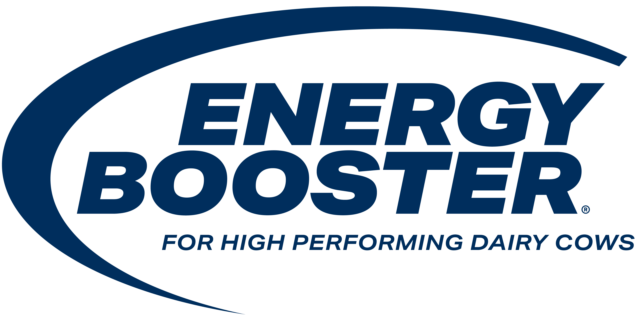What we know of consumers is this: They will purchase products – dairy and otherwise – they can feel good about. This means their decisions often are based on a company’s pledge to the health of the planet. You’ll hear it referred to as “sustainable nutrition” or the “greening” of the food supply, and it will continue to drive how products are bought well into the future.
We know U.S. dairy already has a great story and commitment in this area. We’ve made significant improvements to produce food more efficiently, conserve resources and reduce waste. As a result, dairy accounts for just 2% of U.S. greenhouse gas emissions (GHG).
Farmers rely on the latest science and technology advancements to help them further reduce their GHG footprint. One promising solution we see coming down the pipeline is dairy feed additives to reduce methane emissions or increase feed efficiency on the farm. Incorporating feed additives disrupts the methane-generation process in the cow’s gut and/or increases feed efficiency, thereby reducing the farm’s environmental footprint.
Our team recently announced an update paper on the potential these additives have for reducing dairy’s GHG footprint. We worked with the Innovation Center for U.S. Dairy and leading environmental experts to produce this work.
As we look at how to help dairy farmers find solutions to reduce their environmental footprint, we see feed additives as a key opportunity. Our specific target with this guidance is enteric methane emissions (CH4), which include gas released from cow burps. CH4 accounts for approximately one-third of a dairy’s GHG footprint.
It’s a very opportunistic and exciting time for feed additives. More companies are using emerging research and are developing products that improve the cow’s diet through additives that increase digestibility and reduce emissions. You’re likely seeing a lot of buzz around seaweed showing promise of CH4 reduction.
There also is some good research supporting 3-nitrooxypropanol (3-NOP) and its ability to reduce emissions and increase performance of lactating cows when mixed with roughage or incorporated into a concentrate pellet.
Dr. Frank Mitloehner (a noted University of California – Davis professor and air-quality specialist) contributed to our update and is optimistic about the potential for dairy. He thinks some additives could potentially reach 30% methane reduction in coming years.
This validation helps Newtrient as it engages with farmers, researchers, policy groups and other organizations around the country to build awareness for feed additives. It’s not an automatic sell, particularly among these challenging times COVID-19 has dealt us.
In addition, adoption of new additives focused on reducing enteric emission will need the economics to work, and development of a carbon market to monetize their benefits will be central to this effort. It will require time and collaboration to build new protocols to support carbon markets for feed additives; however, this effort is underway, and we’ll continue to drive forward knowing at the end of this crisis we’ll need to be better positioned.
When this crisis subsides, we’ll continue sharing with farmers how feed additives offer one option toward our collective goal of further GHG reduction. The best thing about feed additives is they can be a fit for all farms regardless of size, design or location. It’s a solution everyone can incorporate.
As feed additives enter the U.S. dairy market, we will explore all options, provide third-party updates from the experts and serve as a resource to help the industry take yet another step forward to a sustainable future. ![]()
References omitted but are available upon request.
Email Jim Wallace if you have questions about feed additives or Newtrient.





